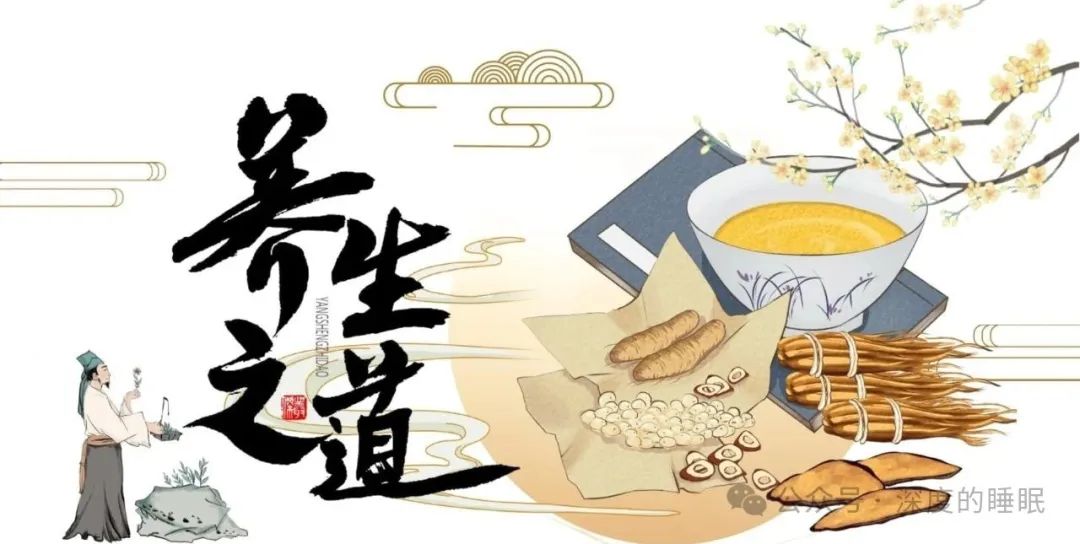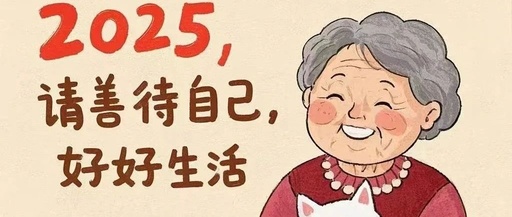In TCM, determining whether a condition is due to cold or heat is crucial to avoid mistakes in treatment.
How do we determine this? It can be simplified into three points. First, observe whether the patient prefers hot or cold water. The body does not lie; those who prefer hot water are usually experiencing cold conditions, while those who prefer cold water may have either Yin deficiency with internal heat or excess heat. Secondly, examine the tongue. Generally, a red tongue with a yellow coating indicates heat, while a pale tongue with a white coating indicates cold. However, a slippery coating always suggests cold, even if it is yellow. Thirdly, for external pathogens, we can look at the throat. A red, swollen, and painful throat indicates heat, while a sore throat that is not red or swollen indicates cold.
Then, we can combine these observations with other symptoms to get a clearer picture, which should not deviate significantly. In fact, pulse diagnosis is the most accurate, but many people do not know how to take a pulse.
The greatest fear is the inability to distinguish between cold and heat. Many people follow trends online, using whatever remedies others have found effective. For example, when someone has a fever, many rush to take Shuanghuanglian (双黄连) oral liquid. But is this remedy cold or hot? Are you experiencing cold or heat? It is essential to clarify this first.
For instance, recently, a patient caught a cold but initially did not have a fever; instead, they felt a sensation of obstruction in the throat, which was neither red nor swollen. The tongue was pale with a white, slippery coating, yet they still took Shuanghuanglian oral liquid and the well-known Lianhua Qingwen (连花清瘟) from last year.
As a result, they had a low-grade fever for a week that did not subside, and they lost their appetite. They did not understand that Shuanghuanglian oral liquid, which contains Jin Yin Hua (金银花, honeysuckle) and Huang Qin (黄芩, scutellaria), and Lian Qiao (连翘, forsythia), are all bitter and cold, which can damage the spleen and stomach. Bitter and cold herbs clear heat and drain Qi, which can deplete the body’s righteous Qi.
They even asked me how to reduce the fever without using heat-clearing methods. If it is heat, must we always clear it? It seems they are still stuck in the linear thinking of modern medicine.
When diagnosing, we must first determine cold or heat. For wind-cold: severe chills, mild fever, white tongue coating, and a throat that is not red indicate the need for warming and releasing the exterior, such as with Fenghan Ganmao Keli (风寒感冒颗粒). If there are severe chills, a slippery tongue coating, and a preference for hot water, this indicates internal cold as well, suggesting a Xiao Qinglong Tang (小青龙汤) pattern.
One netizen mentioned that they cough whenever they are exposed to cold wind, and their tongue coating is also white; thus, using Ling Gan Wuwi Jiang Xin Tang (苓甘五味姜辛汤) is appropriate. These are all cold conditions.
Conversely, for wind-heat colds, we need to use cooling and releasing methods. If the throat is red, swollen, and painful, then Shuanghuanglian can be used, but one must know to stop when the condition improves. Generally, three doses should show improvement; if symptoms persist for a week without relief, and diarrhea occurs, one can only say that it is foolish.
For alternating cold and heat, Xiao Chai Hu Tang (小柴胡) can be used for those with excess heat causing sweating. For those with deficiency, methods like Ma Huang Tang (麻黄汤), Gui Zhi Tang (桂枝汤), or Ge Gen Tang (葛根汤) can be applied. If there is external heat with fever and one is still concerned about clearing heat, thinking that Xiao Jian Zhong Tang (小建中汤), Si Ni Tang (四逆汤), or Ren Shen Bai Du San (人参败毒散) are heat remedies, then one should not be surprised why the cold persists. Even if the fever subsides, they may still cough daily. This is because they fundamentally misunderstand cold and heat, leading them in the wrong direction.
This article is adapted from Professor Du Qianjun.


